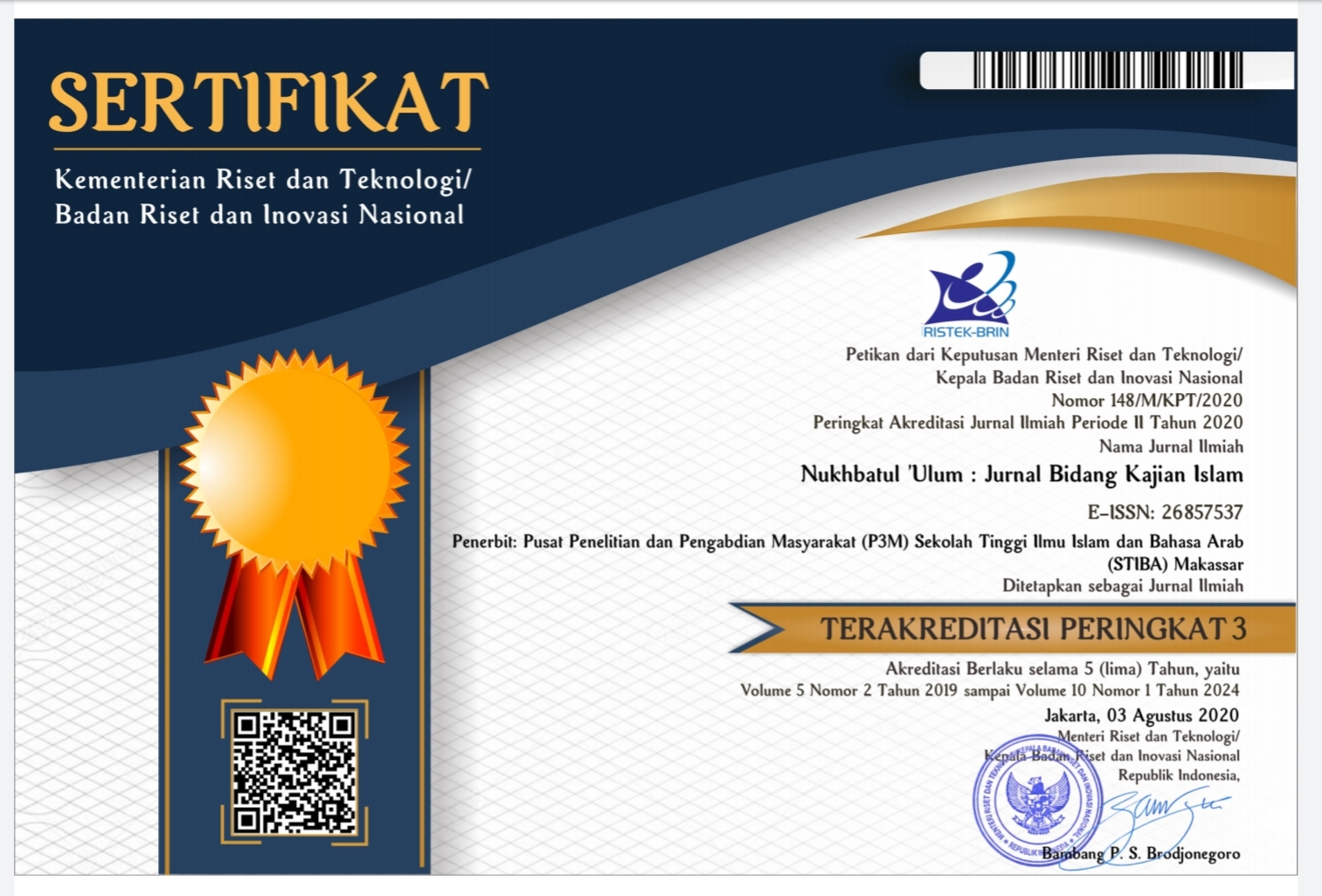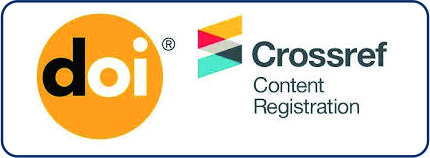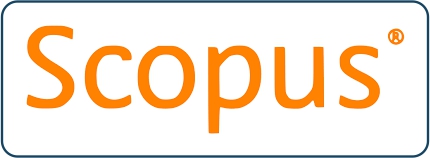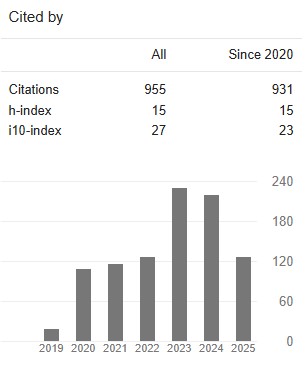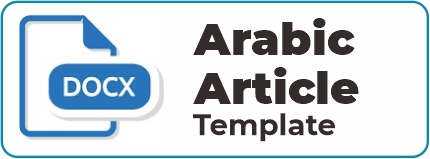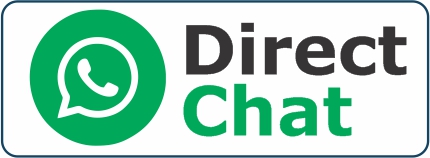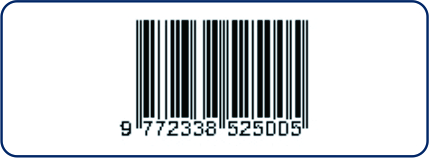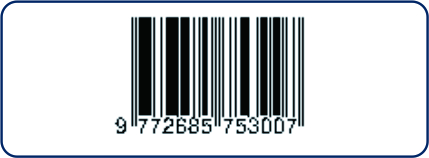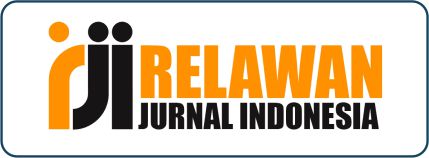Kontribusi Abū al-Qāsim al-Zahrāwī pada Ilmu Kedokteran
Abū al-Qāsim al-Zahrāwī’s Contribution on Medical Science
DOI:
https://doi.org/10.36701/nukhbah.v7i1.318Keywords:
al-zahrawi, Islamic medicine, surgeryAbstract
The purpose of this reseach was to explain al-Zahrāwī's contribution to medical science. The method used by researchers was descriptive qualitative method with content analysis technique and research library. As a result of the data analysis, the researchers concluded several important points related to al-Zahrāwī's contribution in medical science namely, 1) al-Zahrāwī was a pioneer in the use of several modified surgical instruments from pre-Islamic civilizations, 2) al-Zahrāwī invented several models of internal organ surgery such as the urinary tract and respiratory cavities, and 3) al-Zahrāwī made an important contribution in the field of medicine (pharmaceutical) in postsurgery procedures.
Downloads
References
Aboushanab, T. S., & AlSanad, S. (2018). Cupping therapy: an overview from a modern medicine perspective. Journal of Acupuncture and Meridian Studies, 11(3), 83–87.
Al-Majali, S. A. M. (2017). Arab Muslim’s Medicine and Pharmacy in Andalusia: 138-172 A.
Al Khaleda, S. (2018). Terapi Hijamah (bekam) menurut pendekatan sejarah dan sunnah. Universitas Islam Negeri Sumatea Utara Medan.
Albinali, H. H. (2013). Arab or Islamic medicine? Heart Views.
Ali, F. M., Al-Iryani, G., Faridi, M., Faqeeh, M., & Mdabesh, H. (2017). Revisiting Oral and Maxillofacial Surgical Views as Practiced by Al-Zahrawi: A Review. International Arab Journal of Dentistry, 392(5647), 1–5.
Ali, M. A. K. M. (2016). The Latin Translation of the Works of Al-Zahrawi and Its Influence in Europe. Al-Mukhatabat, 345(4130), 1–17.
Anjum, S. (2013). Al-Zahrawi: A prominent Muslim medical scientist and his impact on West. Revelation and Science, 3(2).
Asy’ari, H. (2018). Renaisans Eropa dan Transmisi Keilmuan Islam ke Eropa. JUSPI (Jurnal Sejarah Peradaban Islam), 2(1), 1–14.
Atiyeh, M. (1982). Arab hospitals in history. Annals of Saudi Medicine, 2(2), 121–126.
Auden, G. A. (1946). Islam and Medicine. In British Medical Journal. https://doi.org/10.1136/bmj.1.4449.589-c
Butt, I. (2018). Brief Introduction of Az-Zaharawi’s Contributions in Science. International Journal of Pathology, 38–41.
Chavoushi, S. H., Ghabili, K., Kazemi, A., Aslanabadi, A., Babapour, S., Ahmedli, R., & Golzari, S. E. J. (2012). Surgery for gynecomastia in the islamic golden age: Al-Tasrif of Al-Zahrawi (936--1013 AD). International Scholarly Research Notices, 2012.
Edriss, H., Rosales, B. N., Nugent, C., Conrad, C., & Nugent, K. (2017). Islamic medicine in the middle ages. Elsevier.
Elgohary, M. A. (2006). Al Zahrawi: The father of modern surgery. Ann Ped Surg, 2(2), 82–87.
Farkhondeh Zadeh, M. (2018). Dental Knowledge from the Perspective of Abu al-Qasim Al-Zahrawi. The History of Islamic Culture and Civilization A Quarterly Research Journal, 9(31), 75–94.
Gassan Mahmud Washah. (2018). Abu Al-Qasim Az-Zahrawi (325-404AH/936-1013AD). International Journal of History and Cultural Studies (IJHCS), 4(1), 25–36.
Hadi, S. (2004). Metodologi Research, Jilid 2.
Halilović, S. (2017). Islamic civilization in Spain - A magnificient example of interaction and unity of religion and science. Psychiatria Danubina, 29, 64–72.
Hargest, R. (2020). Five thousand years of minimal access surgery: 3000BC to 1850: early instruments for viewing body cavities. Journal of the Royal Society of Medicine, 113(12), 491–496.
Husain, J., & Hickman, C. (2016). HIGHER EDUCATION: CONTRIBUTION OF CIVILIZATIONS. International Academy of Business Review, 2(1), 1–10.
Islam, A. (2018). Origin and development of Unani Medicine: An analytical study. Intellectual Discourse, 26(1), 23–49.
Kalam, M. A., Ahmad, G., Shahzad, A., Maqbul, S. A. A., & Akhtar, M. S. (2019). Therapeutic Potential of Rhizomatous Plants Used in Unani Medicare System. In Natural Bio-active Compounds (pp. 409–464). Springer.
Khosravi, A., Van Hee, R., Changizi-Ashtiyani, S., & Amini, S. (2021). Abu Al Qasim Al Zahrawi (Albucasis) and types of his used surgical knives. Acta Chirurgica Belgica, 1–26.
Manaf, F. (2018). Abulcasis, the pharmacist surgeon. Hektoen International Journal of Medical Humanities, 7, 1.
Markatos, K., Mavrogenis, A., Brilakis, E., Korres, D., Karamanou, M., & Chronopoulos, E. (2019). Abulcasis (936--1013): his work and contribution to orthopaedics. International Orthopaedics, 43(9), 2199–2203.
Masic, I., Skrbo, A., Naser, N., Tandir, S., Zunic, L., Medjedovic, S., & Sukalo, A. (2017). Contribution of Arabic medicine and pharmacy to the development of health care protection in Bosnia and Herzegovina-the First Part. Medical Archives, 71(5), 364.
Müller, A., & others. (1995). Ibn Abi Uṣaibiʻa (d. 1270): ʻUyun al-anbaʼ fi ṭabaqat al-aṭibbaʼ (Vol. 1). Institute for the History of Arabic-Islamic Science at Johann Wolfgang~….
Nabri, I. A. (1983). El Zahrawi (936-1013 AD), the father of operative surgery. Annals of the Royal College of Surgeons of England, 65(2), 132.
Nayab, M. (2017). Conceptual description of Amal-i-Kaiyy (Cauterization): An overview. Int J Adv Sci Res, 2(1), 42–45.
Nikhat, S., Fazil, M., & others. (2018). Principles and practice of fasd (venesection) in unani/greco-arabian medicine. Imam Journal of Applied Sciences, 3(2), 33.
Nouri-Vaskeh, M., Mostafavi, S., Alizadeh, H., & Kazemi, A. (2020). Albucasis: pioneer of the modern anorectal surgery. Journal of Coloproctology (Rio de Janeiro), 40(4), 435–439.
Rahman, H. H. A. (2000). Development of health sciences and related institutions during the first six centuries of Islam. Islamic Quarterly, 44(4), 601.
Saad, M. N. (2016). Could Al-Zahrawi Be Considered a Biomedical Engineer?[Retrospectroscope]. IEEE Pulse, 7(2), 56–67.
Said, M. M. T., Ismail, D., Abd Rahim, F., Rahman, A. A., & Khairuldin, W. M. K. F. W. (2018). Transformasi dan Sumbangan Al-Razi (854-932M) Dalam Bidang Perubatan. Jurnal Islam Dan Masyarakat Kontemporari, 17(1), 41–50.
Sanaie, S., & Mohammadinasab, R. (2021). Relationship between obesity and gout: An ancient Persian case report. Obesity Medicine, 21, 100310.
Taheri Akerdi, A., Bahmani Kazerooni, M. H., Rouhezamin, M. R., Fazelzadeh, A., & Paydar, S. (2019). Hernia Repair in Golden Islamic Era; Review of Albucasis (Al-Zahrawi) Methods in Hernia Repair. Journal of Research on History of Medicine, 8(2), 123–128.
Tsoucalas, G., & Sgantzos, M. (2017). A historical glance at the Arabo-Islamic surgical instruments during the ages. World Journal of Surgery, 41(6), 1636–1645.
ul Hassan, S. M. (2017). Abul-Qasim Al-Zahrawi: The Great and Pioneer Muslim Surgeon and Inventor of many Surgical Instruments. Peshawar Islamicus, 8(2).
Vazani, Y., Feyzabadi, Z., Ghorbani, F., & Daneshfard, B. (2021). Early description of amniotomy in medieval Persia. Journal of Obstetrics and Gynaecology Research, 47(3), 1064–1067.
Washah, D. G. M. (2018). Abu Al-Qasim Az-Zahrawi ( 325-404AH / 936-1013AD ). 4(2), 25–36.
Zarrintan, S., Tubbs, R. S., Najjarian, F., Aslanabadi, S., & Shahnaee, A. (2020). Abu Al-Qasim Al-Zahrawi (936--1013 CE), Icon of Medieval Surgery. Annals of Vascular Surgery, 69, 437–440.
الزهراوي, أ. ا. خ. ب. ع. (1993). الجراحة: المقالة الثلاثون من الموسوعة الطبية التصريف لمن عجز عن التأليف (‘Abdul ‘Azīz bin Nāshir al-Nāshir Al-Tawijrī & ‘Alī bin Sulaimān (eds.); 1st ed.). University of Michigan.
جمال, ح. ر., منصور, م. ع., خلف, ع. ا. ع. ا., & الفتاح, م. ح. ع. (2020). أدوات الكي العلاجية عند الزهراوي (ت 404ه/1048م) و شرف الدين (ت 873ه/1433م): دراسة أثرية فنية مقارنة. المجلة الدولية للتراث و السياحة و الضيافة, المجلد 14, 424.



